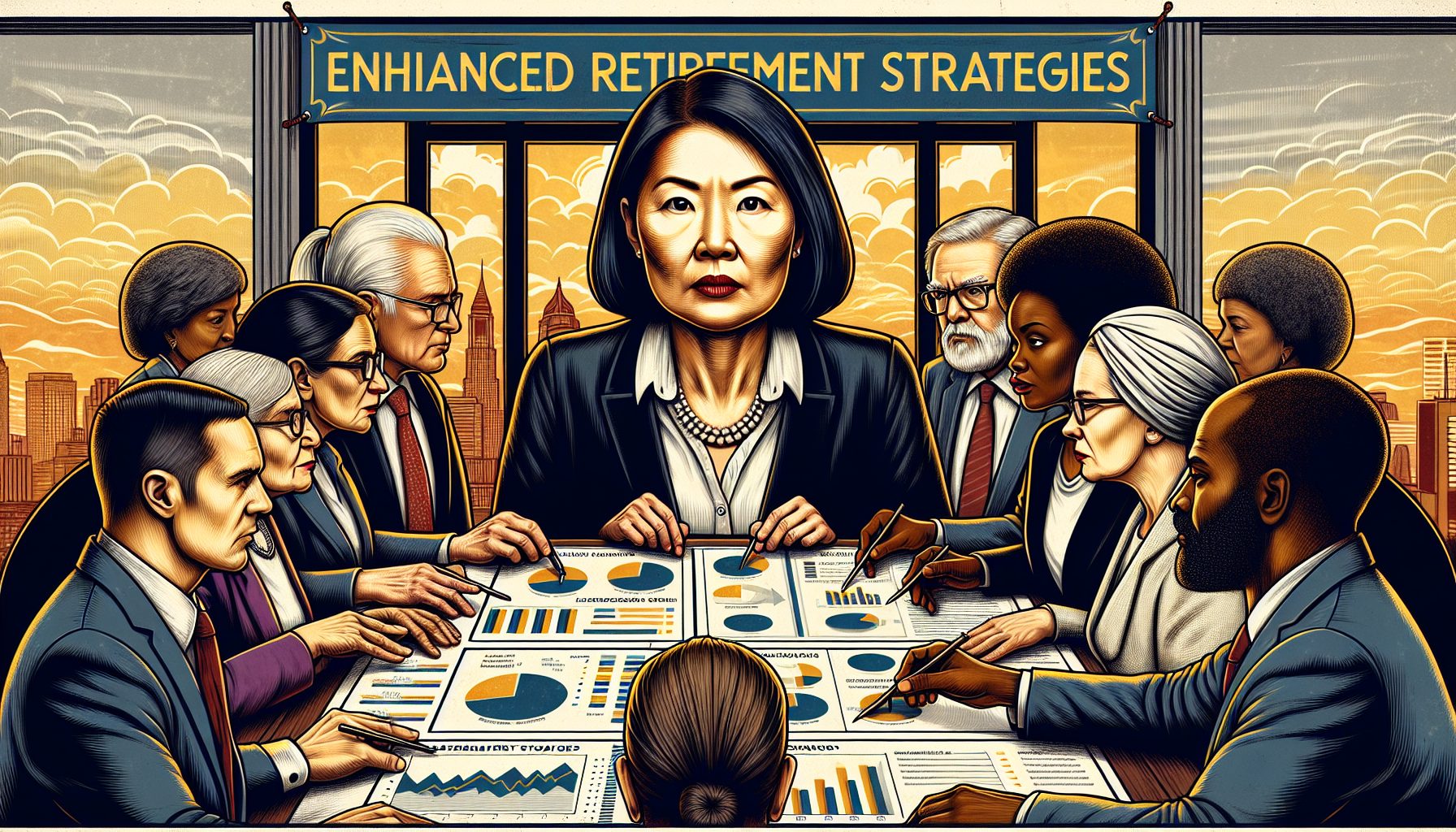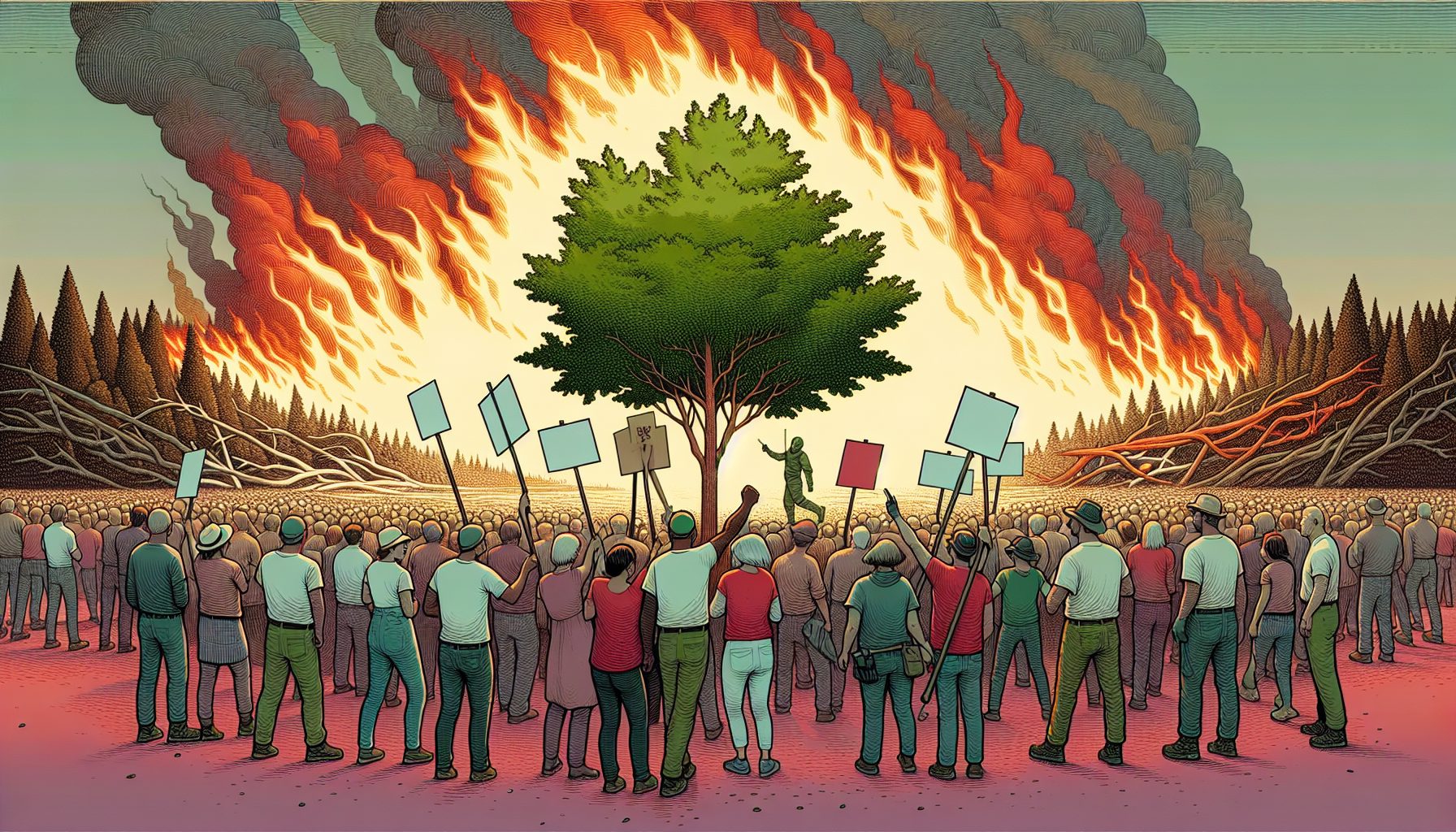There’s been a lot of talk over the past year or so about making America great again, and a lot of these discussions have revolved around creating good jobs—especially in rural areas.
Yet, one piece of the puzzle that hasn’t been adequately discussed is the lack of broadband internet in rural areas. It’s difficult, if not impossible, for companies and individuals to operate in the digital economy with dial-up or satellite access. Web pages crawl, videos sputter, and some sites and services simply don’t work.
Yet, this is exactly what a huge swath of the U.S. population must deal with. A recent Wall Street Journal article, “Rural America Is Stranded in the Dial-Up Age,” reported that “Rural counties with more households connected to broadband had higher incomes and lower unemployment than those with fewer,” according to university researchers.
Moreover, the story noted, “About 39 percent of the U.S. rural population, or 23 million people, lack access to broadband internet service—defined as ‘fast’ by the Federal Communications Commission—compared with 4 percent of urban residents.”
The situation is clearly not sustainable, and it isn’t conducive to the U.S. standing as a digital leader. However, in an era when private sector capital is king and minimal government regulation rules, things aren’t likely to change anytime soon.
Consider this: Beginning in 1939, over a span of 19 years, it took a federal government investment of $2.9 billion ($50+ billion in today’s dollars) to boost the number of rural households with electricity from 10 percent to upward of 90 percent.
Obviously, today’s world is moving faster. Digital infrastructure is the new electricity. The longer rural communities wait, the further behind they will wind up.
Not surprisingly, some political leaders are now taking note. There’s a growing push for President Trump to include rural broadband in his proposed $1 trillion infrastructure plan. The problem is that the plan is vague, and it’s not clear where funding will come from, or how construction will occur. In other words, it’s broadband roulette.
Meanwhile, only a few communities in rural areas have managed to form co-ops or not-for-profit corporations that develop and deliver broadband. In fact, many states have restrictions in place to block not-for-profit broadband development on the premise that these projects pose a threat to profit-making companies.
At some point, we need to rethink the way we approach broadband as a nation. When a large segment of the U.S. population can’t fully participate in the digital revolution, it undercuts business and undermines our country.









